The Day India Took Revenge of 1962: The Cho La Incident
Our Mother Land is located in one of the most densely militarised locations on the Earth. Two of India’s neighbors (Pakistan & China) maintain one of the biggest Armies in the world and a huge amount of money is spent on Arms and Ammunitions. From the day India got Independence, it was involved in a war with its neighbors. India fought four wars with Pakistan (1948, 1965, 1971 and 1999) and one with China (1962). Though India fought four wars with Pakistan, it fought only one war with China in which she was defeated. Do you know why India & China never confronted on a large scale after 1962? Or why China never tried to indulge in a war with India after 1962? India fought multiple wars with Pakistan and till today ceasefire violations are heard but the border issue between India and China mostly relay on hot discussions/peace talks but it never went on a large scale warlike in case of Pakistan.
The answer to all these questions is the Cho La incident that took place in (1st – 10th October 1967). It is also known as the India China War of 1967 and it was one the major border skirmish between India and China after the war of 1962. During this fight, the Indian Army gave a befitting reply and taught a good lesson to PLA (People’s Liberation Army) of China. Here are a few points that will tell you the exact story of 1967 Cho La Skirmish and how the Indian Army taught a lesson to China.
Qucik Navigate:
India and Indian Army before Cho La Skirmish
India was involved in a war with China 1962 when Jawahar Lal Nehru’s Hindi-Chini Bhai Bhai (Brotherhood) & Foreign policy failed miserably which ensured Chinese victory. Many Historians say that India was not fully prepared for war nor army has better ammunition. It is also said that the Prime Minister of India didn’t allow the Indian Air Force to operate otherwise the story would have been different. Anyways, past is past and all that matters, in the end, is the result. So after the defeat of the Indian Army in 1962 major changes were done in the Indian Army to prepare for future fights. In 1965 Indian army fought one war with Pakistan and Indian soldiers were already prepared for any such border dispute issue.
Reason for Cho La Dispute
In the year 1967, there were two border skirmishes between India and China. The first one was called “Nathu La Incident” on 11th September and the second one was called “Cho La Incident”. In between these years, the Chinese Government supported the Communist-Maoist movement indirectly and there was a small uprising in the Naxalbari known as Naxalbari Uprising but there was no direct conflict. Also Chinese were not comfortable with Sikkim being an Indian protectorate state and Indian Army taking care of the entire region. During the India-Pakistan war of 1965, China warned the Indian Army to vacate the Nathu La Pass. They also threatened that if the Indian forces do not follow the Chinese order then they can suffer the same causalities as they did in 1962 but that all turned out to be a verbal drama. Also at Nathu La, the Indian and Chinese forces were separated by a distance of 30 yards and it was the closest distance between the entire Indo-China border of India.

Also Read: Is Pakistan Ahead of India? Detail Comparison Between India and Pakistan
The Nathu La Conflict
The fighting began at Nathu La when the Indian Army started fencing the border from Nathu La to Sebu La as the border was demarcated. Since border violations were common tactics used by the Chinese Army to instigate Army Personnel of India, it was decided by the Indian Army to lay down the wire, thereby making a clear and distinct border. As soon as the fencing work started Chinese Commissar came to the Indian side and asked Lt Col Rai Singh to stop laying the wire. After a few minutes of heated conversation, the Chinese Commissar went back and Indian Forces continued laying down the wire.
After a few minutes, a whistle was heard on the Chinese side which was followed by heavy gunfire. The area was open and Army Personnel found it difficult to find any place to cover and prepare themselves. 70 Field Company and 18 Rajput suffered heavy causalities and it left Lt Col Rai Singh wounded. Within 10 minutes of fire, there were 70 causalities on the Indian side. Looking at the Chinese aggression Indian Army opened fire and this time the army was fully prepared. They have marked the places where Chinese bunkers were situated and Indian Guns were already placed at those locations from where it was easy to target the Chinese Army. The firing from the Indian side was very effective and almost all the Chinese bunkers were destroyed. The Chinese Army estimated its death count to be more than 400. The fierce fire exchange continued for 3 more days. By the time firing was stopped, India has delivered a strong message as well as taught a good lesson to Chinese that 1962 mistakes won’t be repeated. On the 15th of September exchange of dead bodies took place and by the time Sam Manekshaw was also present.
The Cho La Conflict of 1967
After getting a humiliating defeat at Nathu La, the Chinese Army was in deep shock and their dream of suppressing India on the basis of history got shattered. The confused Chinese Army started another unplanned attack on Cho La on 1st October 1967. To their surprise, the 7/11 GR and 10 JAK RIF stood firm and answered the Chinese firing with double magnitude. The fighting ensured the Chinese Army to lose their 40 elite commandos. The Skirmish at Cho La took at a very close distance and once the Chinese army was retreating, The Indian Army ensured not to open fire on the retreating army as the severe damage was done to their Army. By 10th of October Chinese had to withdraw nearly three kilometers away from the border to a feature named Kam Barracks where the Chinese Army is deployed till date. Since then Nathu La and Cho La passes are under India’s control and China never raised its voice nor claimed these passes. The end of the battle saw the Chinese Army leaving Sikkim after being defeated by Indian troops.
Read Also: The Amount of Money Spent By India on Jammu & Kashmir Vs the Other India States
Final Causalities In The Cho La And Nathu La Conflict
When a ceasefire was implemented in the region the causalities stood as follows: On the Indian side, India lost 88 brave soldiers and 163 were wounded. The causalities on the Chinese side were much higher as 340 soldiers were killed and 450 were wounded. China never accepted the causalities suffered by its army but at the time of the exchange of dead bodies, causalities were clearly visible.
Heroes of Indian Army who fought bravely: (We have tried our best but if possible, please expand this list by providing the names of brave soldiers of Indian Army). The entire Indian Army displayed great valor in the fight but few soldiers went out of the box and made a major blow to Chinese reputation and morale. They were:
- Brigadier MMS Bakshi, Mahavir Chakra (M.V.C).
- Lt. Gen Sagat Singh (he refused to vacate Nathu La).
- Lt Col Rai Singh (Later Brigadier and MVC).
- Captain Dagar (2 Grenadiers) and Major Harbhajan Singh (18 Rajput). Both were posthumously awarded Vir Chakra and MVC.
- Naib Subedar Gyan Bahadur Limbu.
- Lance Naik Krishna Bahadur (He was hit thrice and was unable to use his weapon, but he fought bravely and was ultimately killed by a machine-gun burst).
- Rifleman Devi Prasad Limbu (when his ammunition exhausted he charged the Chinese with his knife and killed 5 Chinese soldiers before being killed. He was awarded Vir Chakra posthumously.
- Havildar Tinjong Lama (He used his 57mm recoilless gun to destroy the machine gun with which enemy was firing. He was awarded Vir Chakra.
- Colonel KB Joshi (He was serving as commanding officer and he killed the enemy with his rifle. He led his battalion to attack to recapture Point 15,450.
- Lieutenant Atar Singh (He was promoted to Captain on the spot for his bravery).
Effect of Nathu La and Cho La Skirmish on Chinese
The PLA (People’s Liberation Army) was taught a good lesson and it was clear both in the minds of the Chinese Army and their political leadership that now it is going to be a difficult task to engage with the Indian Army in one to one fight. The Chinese Dragon was given a taste of fire from Indian Machine Guns. The defeat of the Chinese army was so humiliating that it was never printed in Chinese Print Media (They are under government control). The same China which was involved in cross-border skirmish and gave an ultimatum to the Indian Army during the India-Pakistan war of 1965 didn’t utter a single word during the India-Pakistan war of 1971(even though China was strongly against the formation of Bangladesh) and in 1999. Some people say that the Chinese didn’t fight back because they are opportunists and they were going to get nothing even if they had captured the pass because it would cost the lives of soldiers due to low temperature. But according to us if this was the reason why China still controls Aski Chin and claims Arunachal Pradesh as its territory? Are these places not cold enough?
[wp_ad_camp_5]After the India China War of 1967, India defeated Pakistan in 1971 and Sikkim became an Indian State in 1975. The moral of the Indian Army was at its highest peak ever since they taught Chinese the lesson which was pending from 1962. After Cho La and Nathu La fight India and China never got engaged in any cross-border firing through heated talks and heavy mobilization of soldiers was seen few times. In 1986, India granted statehood to Arunachal Pradesh, which was an area claimed by China but administered by India. The Chinese government proceeded to protest and later on military movements were seen in that area but the issue was settled by peace talks and it remained a bloodless mobilization. In 1993, the two countries signed an agreement to ensure peace along the LAC. Today India and China maintain world’s third and first largest active Military in the world and if they go for a fight its impact can’t be imagined.
Share this story on Facebook/Twitter and help us to reach the maximum audience. Comments are most welcome.
Also Read: 10 Mistakes By Jawahar Lal Nehru and The History of Kashmir Issue

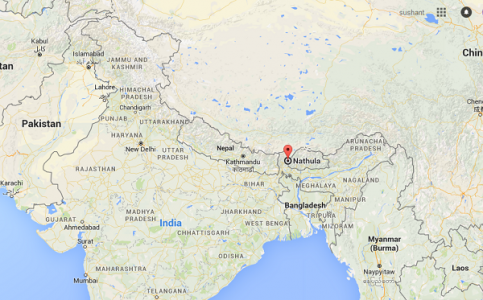

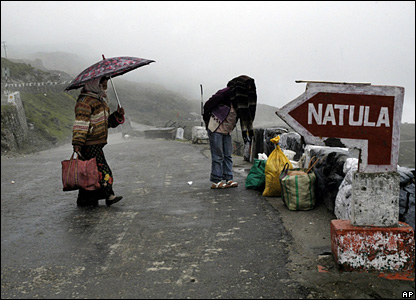
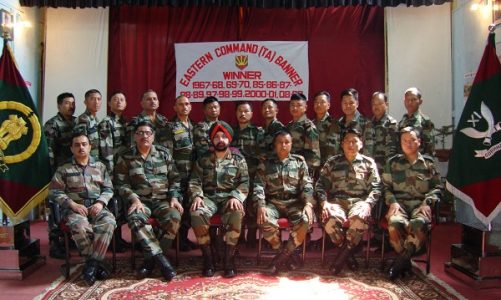
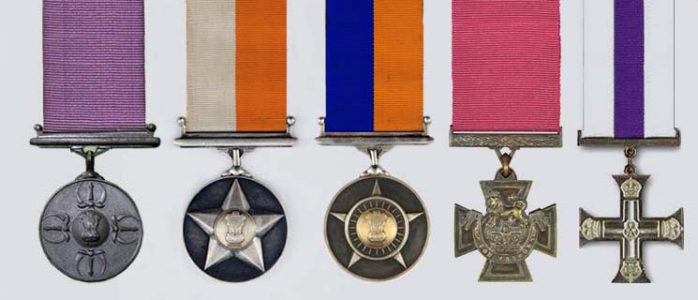
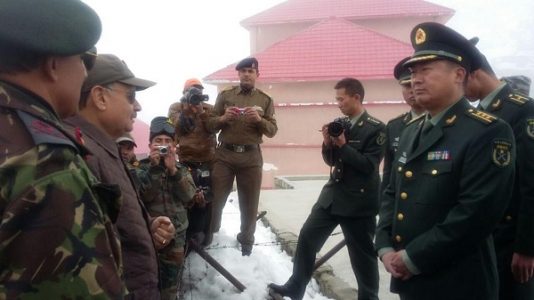

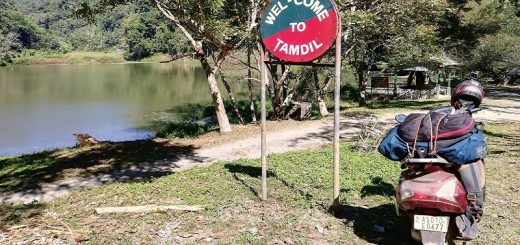
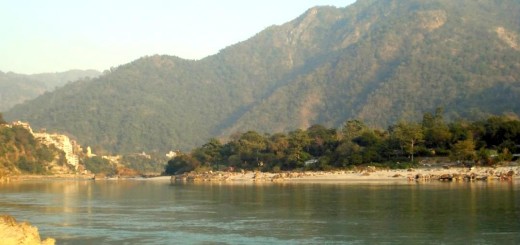

Very knowledgable & inspiring article on ours nation’s history which is very hard to find on textbooks. Thanks for sharing the article please keep doing. Jai Hind
nice done army
I like what you guys are up too. This kind of clever work and exposure!
This bold article should be sent to all ministers and parliamentarians as also defence personnel and media too.
Since most people are ignorant of the brave deeds of our military in 1967 even as China cries hoarse over 1962 as during the Doklam standoff.